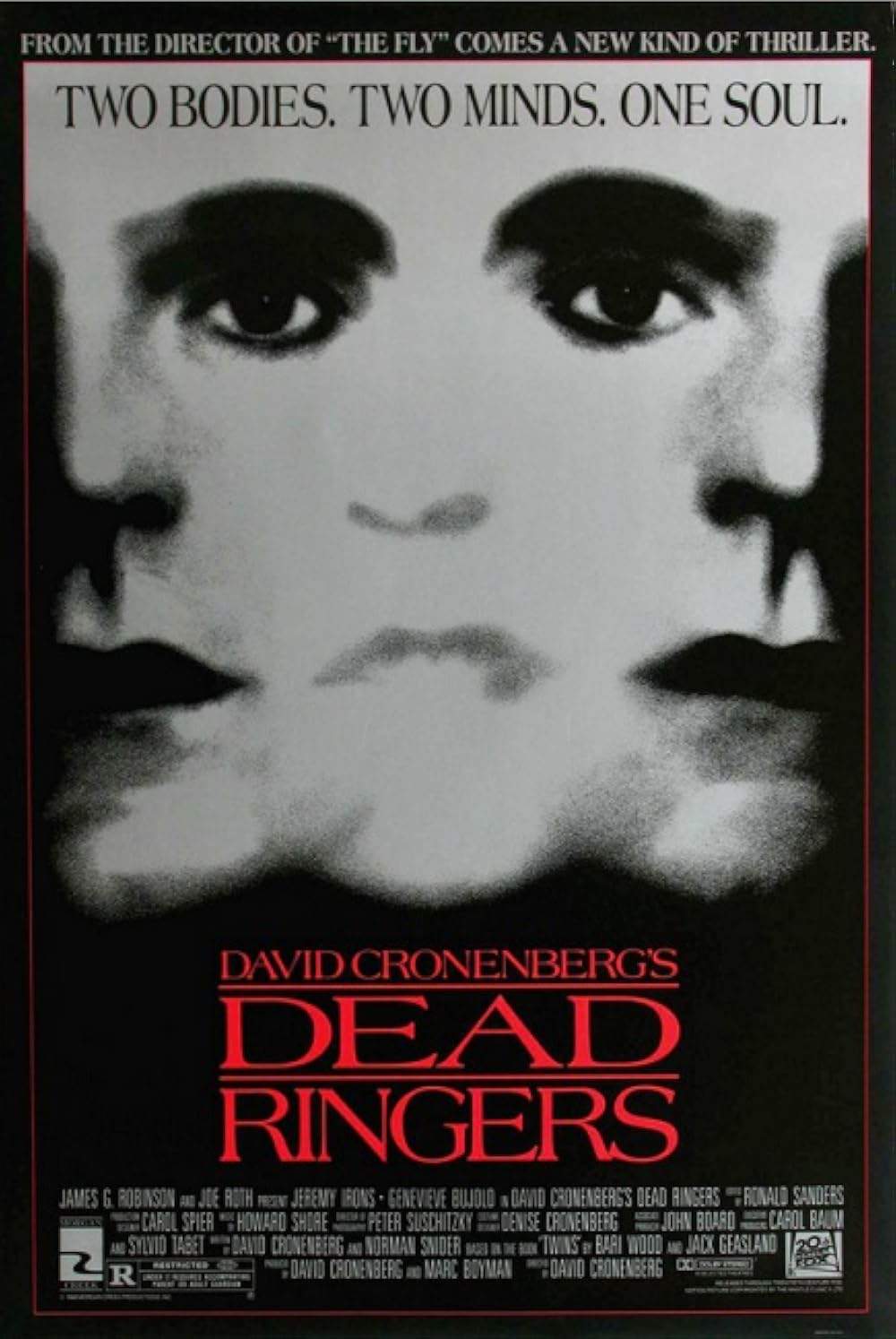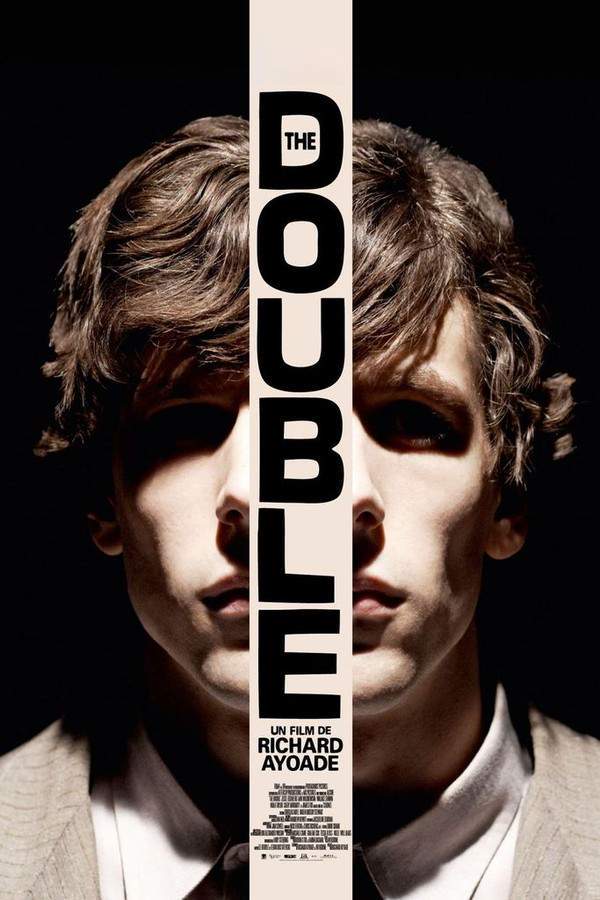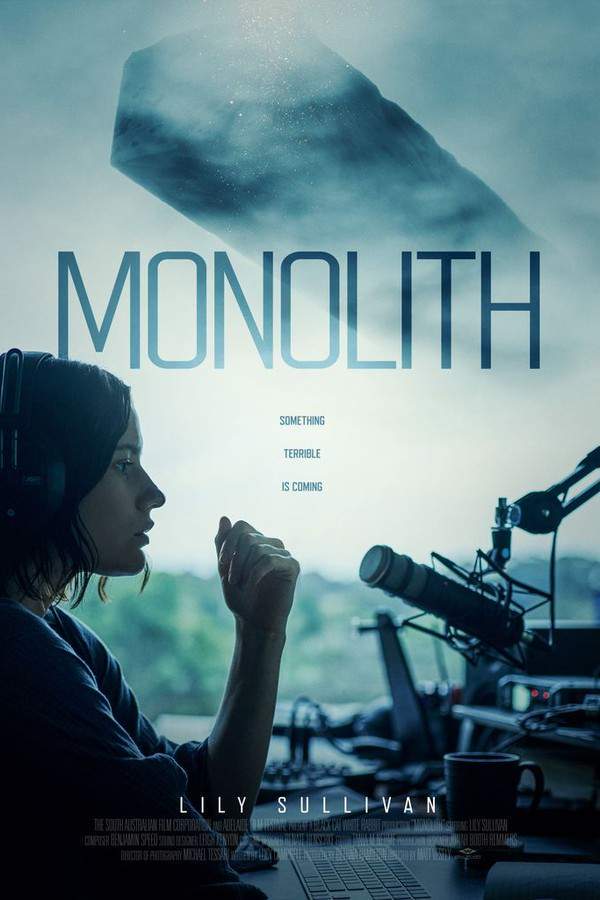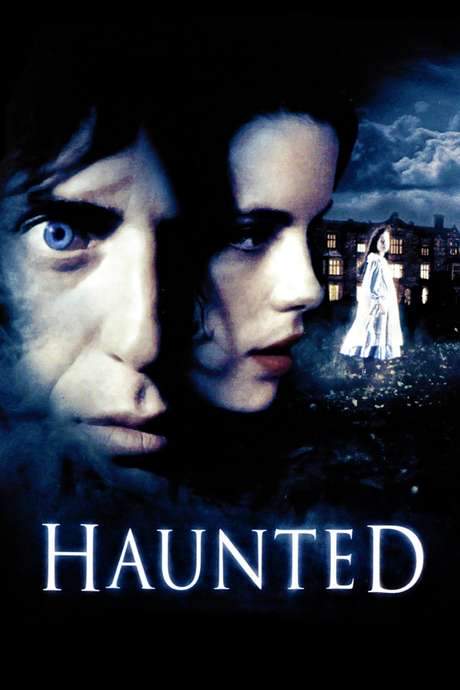
Madhouse
Year: 1974
Runtime: 92 mins
Language: English
Director: Jim Clark
Stark terror becomes a twisted ecstasy in this fever‑dream tale. A celebrated horror‑film actor, fresh from a mental institution, reprises his iconic role, only to discover the onscreen persona is committing murders of its own accord, beyond his control.
Warning: spoilers below!
Haven’t seen Madhouse yet? This summary contains major spoilers. Bookmark the page, watch the movie, and come back for the full breakdown. If you're ready, scroll on and relive the story!
Madhouse (1974) – Full Plot Summary & Ending Explained
Read the complete plot breakdown of Madhouse (1974), including all key story events, major twists, and the ending explained in detail. Discover what really happened—and what it all means.
Paul Toombes [Vincent Price] is a renowned horror star whose signature role is Dr. Death, a skull-faced serial killer that has become his calling card. At a Hollywood party celebrating his fifth Dr. Death film, Paul announces his engagement to Ellen Mason, who gifts him an engraved watch as a personal keepsake. The mood shifts when Oliver Quayle [Robert Quarry] reveals to Paul that Ellen had previously worked in his movies and had slept with him. Troubled and angry, Paul’s reaction unsettles Ellen, who heads back to her room, only for a masked Dr. Death-costumed figure to confront her with a knife. Moments later, an apologetic Paul enters the room, and Ellen’s head drops from her shoulders the moment he touches her. Although Paul is acquitted, he remains unsure whether he himself was the killer, and his career collapses as he spends years in a mental hospital.
Twelve years pass, and Paul is summoned to London by his friend Herbert Flay [Peter Cushing], a screenwriter who has teamed with Quayle to produce a Dr. Death television series for the BBC. During a sea voyage to England, a determined young actress, Elizabeth Peters [Linda Hayden], steals his watch and doggedly tracks him through London to Flay’s house. In Flay’s spider-infested basement, Paul encounters Faye Carstairs [Adrienne Corri], Flay’s wife and a former Dr. Death co-star who was driven to madness after a car crash. Outside, Elizabeth spots the costumed figure prowling the grounds; she misidentifies it as Paul and approaches, only to be killed with a pitchfork. When her body is found, Scotland Yard suspects Paul, since the murders mirror Dr. Death scenes.
Displeased that Quayle has given Dr. Death a female “assistant” for the series—something the films never had—Paul berates his co-star on set; she is soon found hanged by her hair, another echo of Dr. Death. Scotland Yard questions Paul again but finds no conclusive evidence. Paul endures pressure from Elizabeth’s parents, who recover the stolen watch and threaten to hand it over to the police unless a ransom is paid. The killer, however, lures the parents into the house and impales them both with a broadsword. On set, the director is crushed by a descending bed canopy in a trap meant for Paul. Later, Paul is chased through the studio by the killer as he heads for an interview.
Julia Wilson [Natasha Pyne], Quayle’s public relations chief, discovers a contract in his files but is murdered by the killer; Paul discovers her body in a recreation of Ellen’s death, seated before her dressing table. A distraught Paul carries her body to the set, switches on the camera, and sets the place ablaze. Believing Paul has perished in the fire, Flay signs a contract to take over as Dr. Death. Later he watches the reel of Paul’s supposed death, only to see Paul seem to walk out of the screen, burned but alive. When Paul asks why Flay wants to destroy him, Flay admits he wrote the Dr. Death role for himself but was passed over in favor of Paul; he murdered Ellen to ruin Paul’s career but was still denied the role. He then reveals that Julia’s contract stipulated that if Paul died, Flay would inherit the Dr. Death role by right. The two struggle into the basement, where Faye Carstairs enters and stabs Flay in the back. Flay falls into a tank of spiders and is devoured.
Paul applies makeup to his burn-scarred face, now resembling Flay, and sits down to dinner with Faye. She quips that his upcoming meal will be his favorites—sour cream and “red herrings”—and they share a dark, conspiratorial laugh.
Last Updated: October 09, 2025 at 11:22
Explore Movie Threads
Discover curated groups of movies connected by mood, themes, and story style. Browse collections built around emotion, atmosphere, and narrative focus to easily find films that match what you feel like watching right now.
Movies about psychological unraveling like Madhouse
Stories where the line between sanity and madness blurs beyond recognition.If you liked the identity crisis and psychological torment in Madhouse, explore these movies where characters grapple with fractured realities and haunting alter-egos. Find similar thrillers and horror films about the terrifying dissolution of the self.
Narrative Summary
Narratives in this thread typically follow a protagonist, often an artist or someone with a haunted past, as they confront a sinister double or a repressed aspect of their psyche. The story structure is a gradual descent, where external events and internal trauma merge, making it unclear what is real and what is a projection of a crumbling mind, often culminating in a tragic or bleak resolution.
Why These Movies?
These films are grouped together because they share a core focus on the horror of losing one's identity. They create a claustrophobic, paranoid atmosphere through a steady pacing that mirrors the protagonist's mental decay, and they carry a heavy emotional weight driven by themes of madness and duality.
Gothic horror stories with cursed art like Madhouse
Where dark artistic pasts rise to claim the present.For fans of the gothic atmosphere and theme of a haunting artistic legacy in Madhouse. Discover similar movies where artists and performers are cursed by their own creations, blending psychological horror with a classic, macabre sensibility.
Narrative Summary
The narrative pattern involves an artist or performer returning to a defining, often dark, work from their past. This return acts as a catalyst, awakening a malevolent force—either supernatural or psychological—that begins to enact violence, mirroring the art itself. The story unfolds as an investigation into these events, often revealing that the curse is inextricably linked to the protagonist's own psyche or history.
Why These Movies?
These movies are connected by their gothic, atmospheric mood and the central theme of an artistic legacy turning deadly. They share a steady, suspenseful pacing that builds dread, a dark tone, and a focus on the macabre intersection of life and art, often within visually striking, evocative settings.
Unlock the Full Story of Madhouse
Don't stop at just watching — explore Madhouse in full detail. From the complete plot summary and scene-by-scene timeline to character breakdowns, thematic analysis, and a deep dive into the ending — every page helps you truly understand what Madhouse is all about. Plus, discover what's next after the movie.
Madhouse Timeline
Track the full timeline of Madhouse with every major event arranged chronologically. Perfect for decoding non-linear storytelling, flashbacks, or parallel narratives with a clear scene-by-scene breakdown.

Characters, Settings & Themes in Madhouse
Discover the characters, locations, and core themes that shape Madhouse. Get insights into symbolic elements, setting significance, and deeper narrative meaning — ideal for thematic analysis and movie breakdowns.

More About Madhouse
Visit What's After the Movie to explore more about Madhouse: box office results, cast and crew info, production details, post-credit scenes, and external links — all in one place for movie fans and researchers.






























